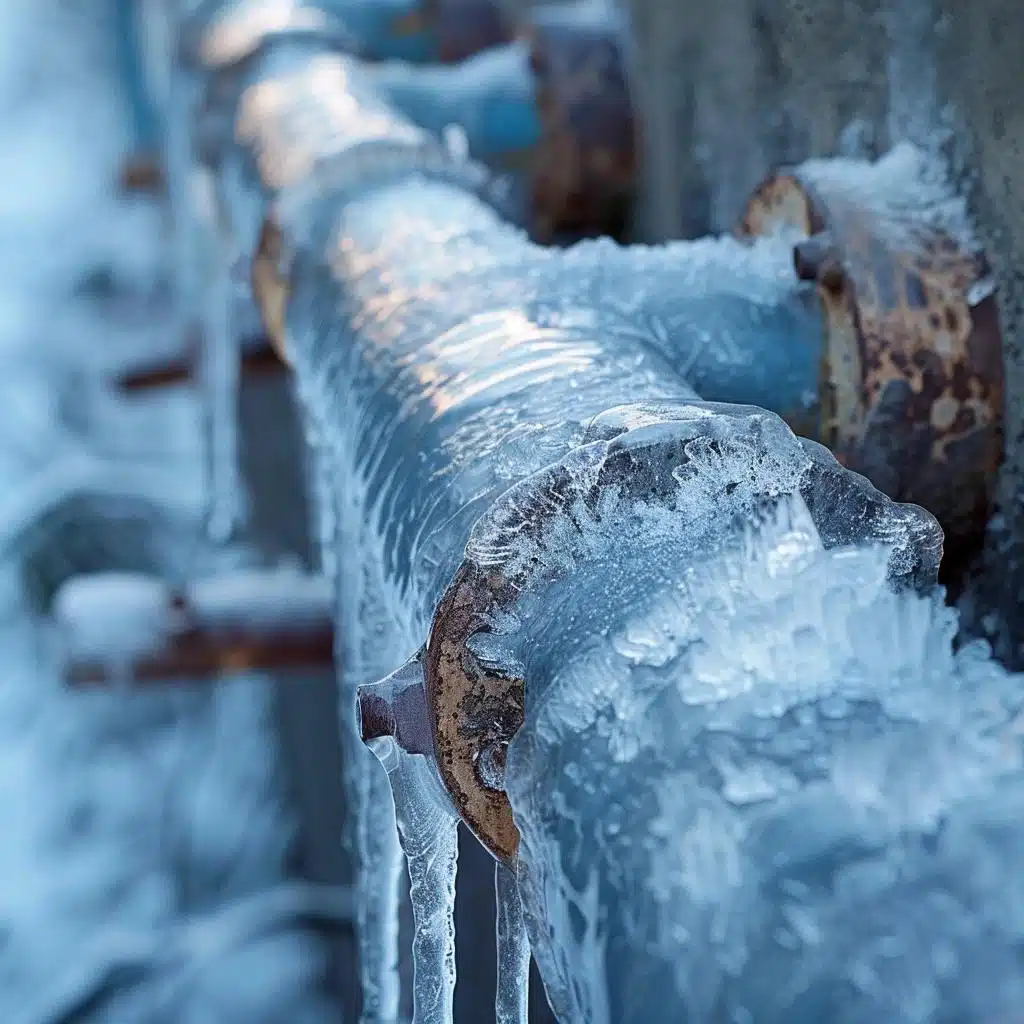Essential Tips to Avoid Frozen Pipes in Cold Weather: Expert Guidance
Essential Tips to Avoid Frozen Pipes in Cold Weather: Expert Guidance
Blog Article
This great article in the next paragraphs pertaining to Prevent Frozen Pipes is seriously intriguing. Don't bypass it.

Winter can damage your plumbing, specifically by freezing pipes. Below's exactly how to prevent it from occurring and what to do if it does.
Introduction
As temperature levels drop, the danger of icy pipes rises, potentially bring about expensive fixings and water damage. Recognizing how to avoid icy pipelines is important for property owners in cool environments.
Prevention Tips
Protecting vulnerable pipes
Wrap pipelines in insulation sleeves or make use of warmth tape to protect them from freezing temperature levels. Focus on pipes in unheated or external areas of the home.
Heating techniques
Keep interior rooms sufficiently warmed, particularly areas with plumbing. Open cupboard doors to permit cozy air to circulate around pipelines under sinks.
Exactly how to identify icy pipes
Seek decreased water flow from faucets, unusual odors or noises from pipes, and visible frost on exposed pipes.
Long-Term Solutions
Structural adjustments
Take into consideration rerouting pipes away from exterior walls or unheated areas. Include added insulation to attic rooms, cellars, and crawl spaces.
Upgrading insulation
Invest in premium insulation for pipes, attic rooms, and wall surfaces. Appropriate insulation helps keep constant temperatures and reduces the threat of frozen pipelines.
Securing Outdoor Pipes
Garden tubes and outside taps
Detach and drain pipes garden tubes before winter. Set up frost-proof faucets or cover outside faucets with shielded caps.
Recognizing Icy Pipelines
What causes pipelines to ice up?
Pipelines ice up when exposed to temperature levels below 32 ° F (0 ° C) for extended periods. As water inside the pipelines ices up, it broadens, taxing the pipe wall surfaces and potentially causing them to burst.
Threats and problems
Frozen pipes can bring about water supply disturbances, building damages, and expensive repair services. Ruptured pipelines can flooding homes and create extensive structural damage.
Signs of Frozen Pipeline
Determining frozen pipes early can prevent them from bursting.
What to Do If Your Pipes Freeze
Immediate actions to take
If you believe frozen pipelines, maintain taps available to relieve pressure as the ice thaws. Use a hairdryer or towels soaked in warm water to thaw pipelines slowly.
Final thought
Preventing icy pipes requires proactive steps and quick actions. By recognizing the reasons, signs, and safety nets, homeowners can safeguard their pipes during cold weather.
5 Ways to Prevent Frozen Pipes
Drain Outdoor Faucets and Disconnect Hoses
First, close the shut-off valve that controls the flow of water in the pipe to your outdoor faucet. Then, head outside to disconnect and drain your hose and open the outdoor faucet to allow the water to completely drain out of the line. Turn off the faucet when done. Finally, head back to the shut-off valve and drain the remaining water inside the pipe into a bucket or container. Additionally, if you have a home irrigation system, you should consider hiring an expert to clear the system of water each year.
Insulate Pipes
One of the best and most cost-effective methods for preventing frozen water pipes is to wrap your pipes with insulation. This is especially important for areas in your home that aren’t exposed to heat, such as an attic. We suggest using foam sleeves, which can typically be found at your local hardware store.
Keep Heat Running at 65
Your pipes are located inside your walls, and the temperature there is much colder than the rest of the house. To prevent your pipes from freezing, The Insurance Information Institute suggests that you keep your home heated to at least 65 degrees, even when traveling. You may want to invest in smart devices that can keep an eye on the temperature in your home while you’re away.
Leave Water Dripping
Moving water — even a small trickle — can prevent ice from forming inside your pipes. When freezing temps are imminent, start a drip of water from all faucets that serve exposed pipes. Leaving a few faucets running will also help relieve pressure inside the pipes and help prevent a rupture if the water inside freezes.
Open Cupboard Doors
Warm your kitchen and bathroom pipes by opening cupboards and vanities. You should also leave your interior doors ajar to help warm air circulate evenly throughout your home.

I am very involved in Helpful Tips to Prevent Frozen Pipes this Winter and I hope you appreciated the new entry. Enjoyed reading our write-up? Please quickly share it. Let somebody else locate it. Thanks for taking the time to read it.
Book An Estimate Now Report this page